Contents
I. Introduction
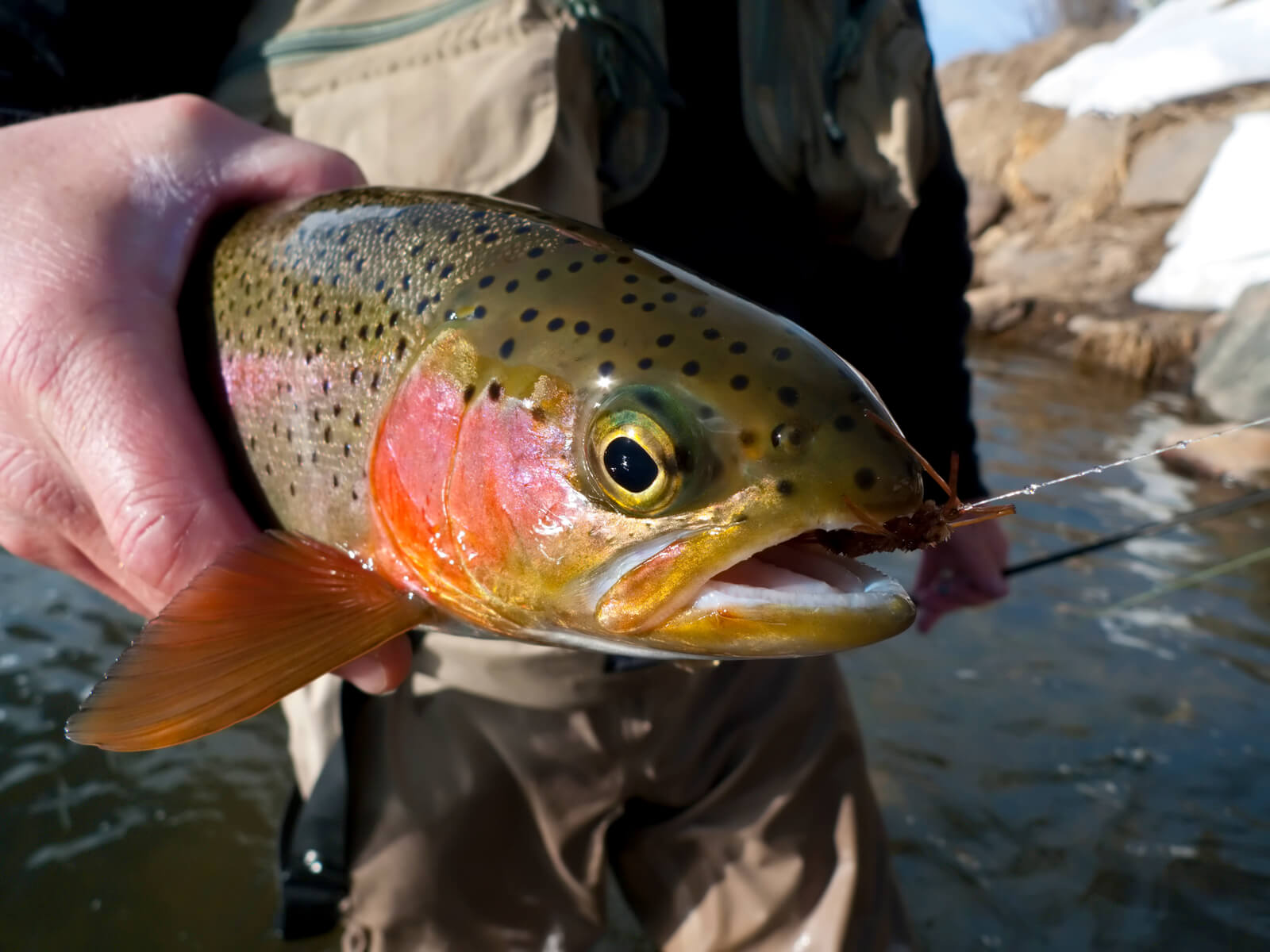
When it comes to fishing, it’s not uncommon to come across an injured fish. Whether it’s a hook stuck in its mouth or a visible wound, knowing what to do in these situations is crucial for the well-being of the fish. In this article, we will guide you on what steps to take if you catch an injured fish.
Our aim is to provide you with practical advice and tips on how to handle injured fish with care and compassion. We understand that as an angler, you have a responsibility to ensure the welfare of the fish you catch, and we want to help you fulfill that responsibility.
Throughout this article, we will cover various aspects of dealing with injured fish, including how to safely handle them, how to remove hooks, and what to do if the fish is bleeding. We will also discuss the importance of catch and release practices and how they can contribute to the conservation of fish populations.
Whether you are a seasoned angler or a beginner, this article is for you. We believe that by equipping yourself with the knowledge and skills to handle injured fish properly, you can make a positive impact on the overall health and sustainability of our aquatic ecosystems.
II. Signs of an Injured Fish
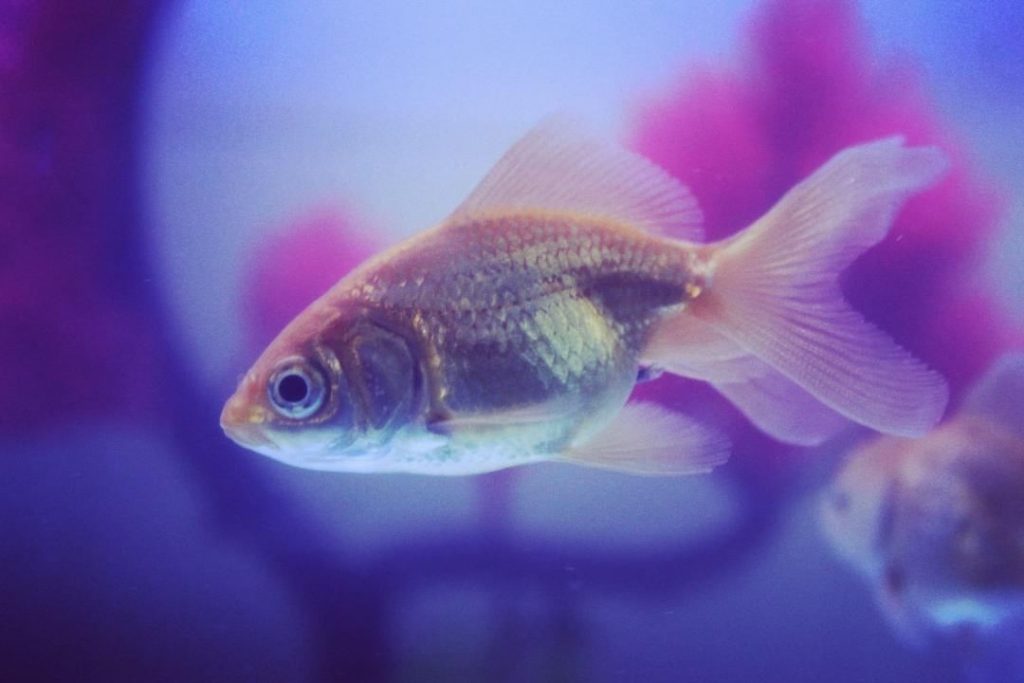
A. Physical signs
When it comes to identifying an injured fish, there are several physical signs that you can look out for. One of the most obvious signs is visible damage to the fish’s body. This can include open wounds, cuts, or bruises. You may also notice that the fish is bleeding, either externally or internally.
Another physical sign of an injured fish is abnormal behavior. For example, if the fish is swimming erratically or struggling to maintain its balance, it could be a sign that it is injured. Additionally, if the fish is floating on its side or upside down, it may be experiencing buoyancy issues due to an injury.
Changes in the fish’s appearance can also indicate an injury. Look out for any discoloration, swelling, or deformities in the fish’s body. These can be signs of underlying injuries or infections.
It’s important to note that not all physical signs of injury are immediately visible. Some injuries may be internal or hidden beneath scales, making them harder to detect. In such cases, it’s crucial to pay attention to the fish’s behavior and overall condition.
B. Behavioral signs
In addition to physical signs, there are also behavioral cues that can indicate an injured fish. One common behavioral sign is a change in feeding patterns. If a fish suddenly stops eating or shows a lack of interest in food, it could be a sign of an underlying injury or illness.
Another behavioral sign to watch out for is increased aggression or territoriality. Injured fish may become more aggressive towards other fish in an attempt to protect themselves or assert dominance. Conversely, some injured fish may become more withdrawn and hide away from other fish.
Changes in swimming behavior can also be indicative of an injury. If a fish is swimming slower than usual, struggling to swim, or favoring one side of its body, it may be experiencing pain or discomfort. Additionally, if a fish is constantly rubbing against objects in the tank or flashing its body, it could be trying to alleviate irritation caused by an injury.
Lastly, keep an eye out for any changes in the fish’s breathing pattern. Labored or rapid breathing can be a sign of stress or injury. Similarly, if a fish is gasping at the water’s surface or spending more time near the surface, it may be struggling to breathe properly due to an injury.
By paying close attention to both physical and behavioral signs, you can quickly identify if a fish is injured. Prompt action and appropriate care can then be taken to ensure the fish’s well-being and aid in its recovery.
III. Assessing the Condition of the Fish
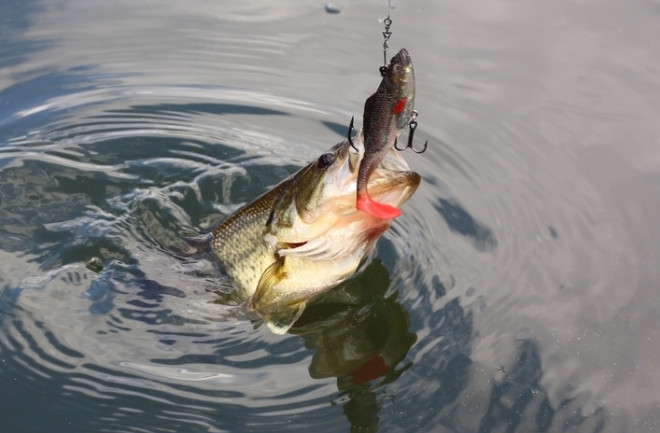
When you catch an injured fish, it is important to assess its condition before deciding on the best course of action. This involves observing any external injuries and checking for internal injuries. As an experienced angler and fish enthusiast, I have encountered numerous injured fish and have developed a keen eye for assessing their condition.
A. Observing External Injuries
External injuries can range from minor scratches to more severe wounds. To properly assess the condition of the fish, carefully examine its body for any visible signs of injury. Look for cuts, abrasions, or any signs of trauma. Pay close attention to the fins, tail, and body, as these are common areas where injuries occur.
One important thing to note is that fish have a natural protective slime coating on their skin, which helps prevent infections and parasites. If you notice any damage to this slime coating, such as a slimy film or excessive mucus, it could indicate an injury or stress. Take note of the location and extent of the damage, as this information will be helpful in determining the severity of the injury.
Additionally, look out for any signs of swelling, redness, or inflammation around the injured area. These could be indications of infection or internal damage. If you notice any of these symptoms, it is crucial to handle the fish with care and proceed with caution.
B. Checking for Internal Injuries
While external injuries are more visible, internal injuries can be equally if not more damaging to a fish’s health. To check for internal injuries, gently palpate the fish’s body, paying attention to any areas that feel abnormally soft or swollen. Internal injuries can occur as a result of trauma from hooks, predators, or collisions with underwater structures.
If you suspect internal injuries, it is advisable to release the fish back into the water as soon as possible. Internal injuries can be difficult to treat, and the stress of handling and transport can further worsen the fish’s condition. By allowing the fish to return to its natural environment, it has a better chance of recovering on its own.
However, if the fish is severely injured and unlikely to survive, you may consider euthanizing it to prevent unnecessary suffering. This is a personal decision that should be made with careful consideration and respect for the fish’s well-being.
Remember, when handling injured fish, always use wet hands or gloves to minimize damage to their delicate skin and scales. Avoid squeezing or applying excessive pressure, as this can further harm the fish. Treat each fish with care and respect, ensuring their welfare remains a top priority.
IV. Immediate Actions to Take
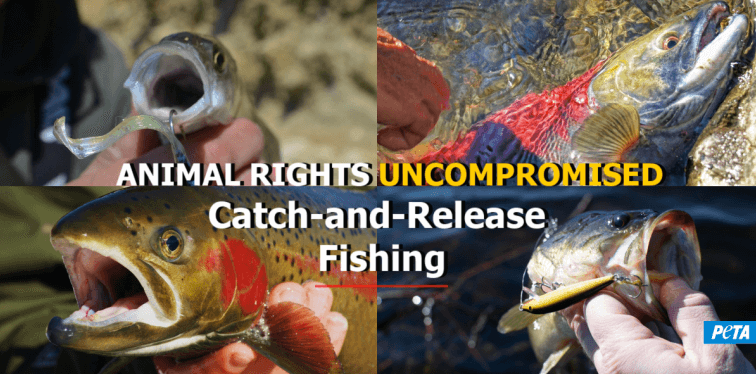
When you find yourself in a situation where you have caught an injured fish, it is important to take immediate actions to ensure the safety of both yourself and the fish. Here are some safety precautions for the handler, proper handling techniques, and first aid measures to provide:
A. Safety precautions for the handler
Before you attempt to handle an injured fish, it is crucial to prioritize your own safety. Here are some safety precautions to keep in mind:
- Wear protective gloves to avoid any potential injuries from sharp fins or teeth.
- Use caution when handling fish with spines or barbs, as they can cause puncture wounds.
- Be aware of any potential hazards in your surroundings, such as slippery surfaces or sharp objects.
- Ensure that you have a firm grip on the fish to prevent it from slipping out of your hands.
- Handle the fish with care and avoid any sudden movements that may cause additional stress or harm.
By taking these safety precautions, you can minimize the risk of injury to yourself while handling an injured fish.
B. Properly handling the fish
When handling an injured fish, it is important to follow proper techniques to minimize stress and further injury. Here are some guidelines for handling an injured fish:
- Wet your hands or wear gloves before touching the fish to prevent the removal of its protective slime coat.
- Support the fish’s body with both hands, ensuring that you have a secure grip.
- Avoid squeezing or applying excessive pressure to the fish, as this can cause internal injuries.
- If the fish has a hook lodged in its mouth or body, use a pair of pliers or a hook remover to gently and carefully remove the hook.
- If the fish is too large to handle safely, consider using a landing net or a lip grip tool to secure the fish while you remove the hook.
- Minimize the time the fish spends out of the water to reduce stress and increase its chances of survival.
By following these proper handling techniques, you can ensure the well-being of the injured fish and increase its chances of recovery.
C. Providing first aid to the fish
After safely handling the injured fish, it is important to provide appropriate first aid to promote its healing and recovery. Here are some first aid measures to consider:
- If the fish has external injuries, such as cuts or abrasions, clean the affected area with a mild antiseptic solution.
- Apply a fish-friendly antiseptic or antibiotic ointment to the wound to prevent infection.
- If the fish is bleeding heavily, you can use a fish-friendly clotting agent or apply gentle pressure to the wound using a clean cloth or gauze pad.
- If the fish is showing signs of distress or struggling to breathe, consider providing artificial respiration by gently moving the fish forward in the water to facilitate water flow over its gills.
- Observe the fish closely for any signs of improvement or deterioration in its condition.
It is important to note that while providing first aid to an injured fish can increase its chances of survival, some injuries may be too severe for recovery. If you believe the fish’s injuries are beyond your ability to help, consider contacting a local fishery or wildlife conservation organization for further assistance.
Remember, the well-being of the fish should always be the top priority when handling and providing first aid to an injured fish. By following these immediate actions, you can contribute to the conservation and welfare of aquatic life.
V. Creating a Safe Environment for the Fish
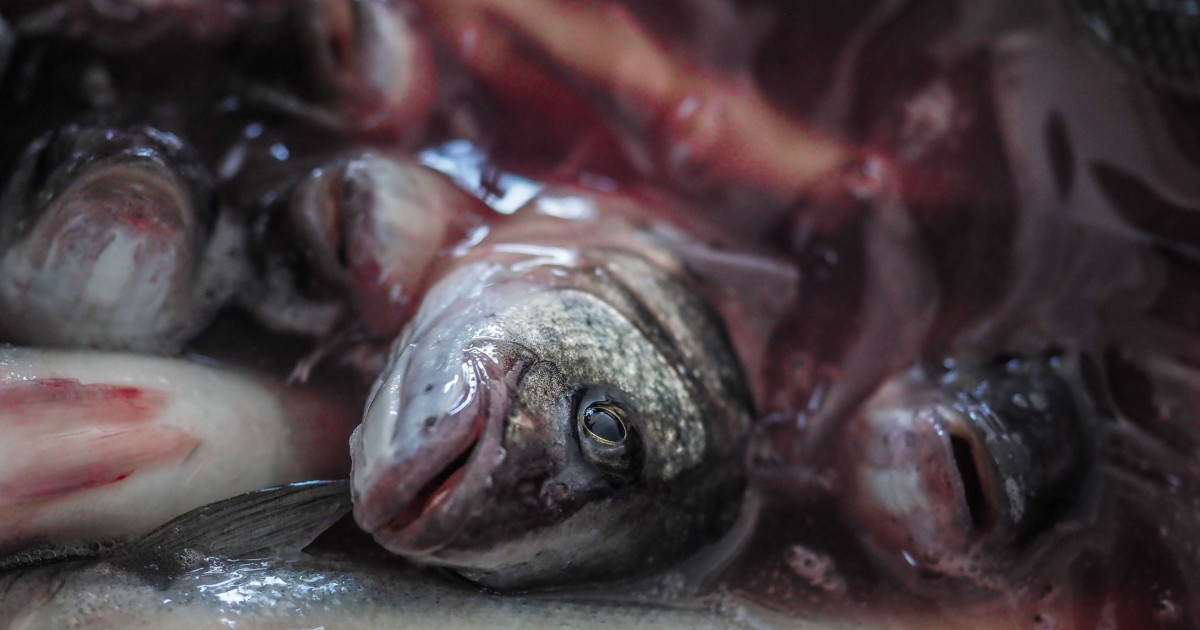
When you catch an injured fish, it is crucial to provide a safe environment for its recovery. Setting up a temporary holding tank, maintaining water quality, and providing appropriate temperature and lighting are essential steps in ensuring the fish’s well-being.
A. Setting up a temporary holding tank
Creating a temporary holding tank is the first step in creating a safe environment for the injured fish. Choose a tank that is large enough to accommodate the fish comfortably, allowing it to move around freely. Fill the tank with dechlorinated water, ensuring that the temperature matches the fish’s natural habitat. Adding a hiding spot, such as rocks or plants, can help reduce stress for the fish.
It is important to regularly monitor the water parameters in the holding tank. Test the water for pH, ammonia, nitrite, and nitrate levels using appropriate test kits. Maintain the water quality by performing regular water changes to remove any accumulated toxins. Keeping the tank clean and well-maintained will promote the fish’s healing process.
B. Maintaining water quality
The quality of water in the holding tank plays a crucial role in the fish’s recovery. Poor water quality can hinder the healing process and even lead to further health complications. Regularly monitor the water parameters and take appropriate actions to maintain optimal conditions.
One way to maintain water quality is by performing regular water changes. Aim to change approximately 25% of the water every week, using dechlorinated water of the same temperature. This helps remove any accumulated toxins and replenish essential minerals for the fish’s well-being.
Additionally, consider using a filtration system in the holding tank. A filter helps remove impurities and provides a stable environment for the fish. Choose a filter suitable for the tank size and the fish species you are housing. Regularly clean and maintain the filter to ensure its effectiveness.
C. Providing appropriate temperature and lighting
Temperature and lighting are crucial factors in creating a safe environment for the injured fish. Research the specific temperature requirements of the fish species you are caring for and adjust the tank’s temperature accordingly. Use a reliable aquarium heater to maintain a stable temperature within the recommended range.
Lighting is also important for the fish’s well-being. Some fish species require specific lighting conditions to thrive. Research the lighting needs of the fish species you are caring for and provide appropriate lighting in the holding tank. Use aquarium lights that mimic natural daylight to promote the fish’s natural behavior and overall health.
Remember to monitor the temperature and lighting regularly to ensure they remain within the optimal range. Any significant fluctuations can stress the fish and hinder its recovery process.
Creating a safe environment for an injured fish requires attention to detail and proper care. By setting up a temporary holding tank, maintaining water quality, and providing appropriate temperature and lighting, you can give the fish the best chance of recovery. Remember to regularly monitor the fish’s condition and consult a veterinarian or fish expert if necessary.
VI. Treating Common Injuries
A. Fin damage
Fin damage is a common injury that can occur when catching fish. It can happen due to rough handling or getting caught in fishing gear. If you notice that a fish has damaged fins, it’s important to handle it with care to prevent further harm.
To treat fin damage, start by gently holding the fish in the water, allowing it to swim and regain its balance. If the damage is minor, the fins may heal on their own over time. However, if the fins are severely torn or bleeding, you can use a fish-friendly antiseptic solution to clean the wound. Apply the solution carefully, making sure not to get it in the fish’s gills or eyes.
After cleaning the wound, you can apply a fish-safe topical antibiotic ointment to promote healing. Be sure to follow the instructions on the ointment and avoid using any products that contain harmful chemicals. Finally, release the fish back into the water gently, allowing it to recover in a safe environment.
B. Hook injuries
Hook injuries are another common issue when catching fish. Sometimes, a fish may swallow the hook, making it difficult to remove without causing further harm. In such cases, it’s best to leave the hook in place and cut the line as close to the hook as possible. This will give the fish a better chance of survival.
If the hook is visible and not deeply embedded, you can attempt to remove it using a pair of needle-nose pliers or a hook remover tool. Gently grasp the hook and carefully back it out in the opposite direction of the barb. It’s important to be patient and gentle to minimize any additional injury to the fish.
After removing the hook, inspect the fish’s mouth for any signs of bleeding or damage. If necessary, you can clean the area with a fish-friendly antiseptic solution and apply a topical antibiotic ointment to prevent infection. Once the fish has recovered, release it back into the water, ensuring it has regained its strength before swimming away.
C. Wounds and cuts
Wounds and cuts can occur when a fish comes into contact with sharp objects or predators. If you catch a fish with visible wounds or cuts, it’s important to handle it carefully to prevent further injury.
To treat wounds and cuts, start by gently holding the fish in the water, allowing it to swim and regain its strength. If the wound is minor, it may heal on its own over time. However, if the wound is deep or bleeding, you can clean it with a fish-friendly antiseptic solution. Apply the solution carefully, avoiding the fish’s gills and eyes.
After cleaning the wound, you can apply a fish-safe topical antibiotic ointment to promote healing. Follow the instructions on the ointment and avoid using any products that may harm the fish. Once the fish has recovered, release it back into the water gently, ensuring it can swim away safely.
D. Eye injuries
Eye injuries can occur when a fish gets hooked or comes into contact with sharp objects. If you catch a fish with an eye injury, it’s important to handle it with care to prevent further damage.
To treat eye injuries, start by gently holding the fish in the water, allowing it to swim and regain its balance. If the eye injury is minor, it may heal on its own over time. However, if the eye is severely damaged or bleeding, it’s best to consult a fish veterinarian or an experienced fisherman for further guidance.
In some cases, a fish-friendly antiseptic solution can be used to clean the area around the eye. Apply the solution carefully, avoiding contact with the eye itself. If necessary, you can also apply a fish-safe topical antibiotic ointment to prevent infection. Once the fish has recovered, release it back into the water gently, ensuring it can swim away safely.
E. Swim bladder problems
Swim bladder problems are common in fish and can affect their ability to swim and maintain buoyancy. If you catch a fish that is struggling to swim or floating on its side, it may have a swim bladder issue.
Unfortunately, swim bladder problems can be challenging to treat, and it’s best to consult a fish veterinarian or an experienced fisherman for assistance. They can provide guidance on the best course of action, which may include adjusting the fish’s diet, providing supportive care, or using specialized equipment to help the fish regain its buoyancy.
It’s important to note that not all swim bladder problems can be resolved, and some fish may have chronic issues that affect their quality of life. In such cases, it may be best to release the fish back into the water, allowing it to live out its remaining days in its natural habitat.
VII. Administering Medications
When it comes to administering medications to your injured fish, it is important to understand the different types of fish medications available and how to properly dose and apply them. This knowledge will help you provide the best care for your fish and increase their chances of recovery. In this section, we will explore the various types of fish medications and provide guidelines for their proper dosage and application.
Types of Fish Medications
There are several types of fish medications that can be used to treat various ailments and injuries. It is important to identify the specific issue your fish is facing before selecting the appropriate medication. Here are some common types of fish medications:
- Antibiotics: Antibiotics are used to treat bacterial infections in fish. They work by killing or inhibiting the growth of bacteria, helping the fish’s immune system fight off the infection.
- Antifungals: Antifungal medications are used to treat fungal infections in fish. They work by killing or inhibiting the growth of fungi, preventing the infection from spreading.
- Antiparasitics: Antiparasitic medications are used to treat parasitic infections in fish. They work by killing or inhibiting the growth of parasites, helping the fish recover from the infestation.
- Anti-inflammatory drugs: Anti-inflammatory drugs are used to reduce inflammation and pain in fish. They can be helpful in managing injuries and promoting healing.
It is important to note that fish medications should only be used as directed and under the guidance of a veterinarian or fish health professional. Improper use of medications can have adverse effects on your fish’s health.
Proper Dosage and Application
Administering medications to fish requires careful attention to dosage and application methods. Here are some guidelines to ensure proper dosage and application:
- Follow the instructions: Always read and follow the instructions provided with the medication. The instructions will specify the recommended dosage and application method.
- Weigh your fish: If possible, weigh your fish before administering medication. This will help you determine the appropriate dosage based on the fish’s weight.
- Calculate the dosage: Use the recommended dosage per weight provided in the medication instructions to calculate the appropriate amount of medication for your fish.
- Choose the right administration method: Medications can be administered orally, topically, or through the water. Follow the instructions to determine the most suitable method for the medication you are using.
- Isolate the fish if necessary: In some cases, it may be necessary to isolate the fish in a separate tank or container during the medication treatment. This will prevent other fish from being exposed to the medication and ensure proper dosage.
- Monitor the fish: Keep a close eye on your fish during the medication treatment. Look for any signs of improvement or adverse reactions. If you notice any concerning symptoms, consult a veterinarian or fish health professional.
Remember, administering medications to fish should always be done with caution and under professional guidance. It is important to prioritize the well-being of your fish and provide them with the best care possible.
VIII. Feeding and Nutrition
Feeding and nutrition play a crucial role in the recovery and overall well-being of an injured fish. As an experienced angler and fish enthusiast, I have encountered numerous injured fish and have learned the importance of adjusting their diet, choosing the right types of food, and controlling the feeding frequency and portion size.
A. Adjusting the fish’s diet
When dealing with an injured fish, it is essential to adjust its diet to aid in its recovery. Just like humans, fish require a balanced and nutritious diet to heal and regain their strength. As a general rule, it is recommended to provide easily digestible and protein-rich food to promote healing and tissue regeneration.
One option is to offer live or frozen foods such as brine shrimp, bloodworms, or daphnia. These foods are highly nutritious and can be easily digested by the fish. Additionally, they provide essential vitamins and minerals that aid in the healing process.
Another option is to provide a high-quality commercial fish food specifically formulated for injured or recovering fish. These foods are often enriched with vitamins, minerals, and immune-boosting ingredients to support the fish’s healing process. Look for brands that offer a balanced diet and are recommended by experts in the field.
B. Recommended types of food
When selecting the types of food to feed an injured fish, it is important to consider its specific dietary requirements. Different species of fish have different nutritional needs, so it is crucial to choose food that meets those requirements.
For carnivorous fish, such as bass or pike, offering live or frozen prey such as minnows or small fish can be beneficial. These prey items mimic the fish’s natural diet and provide essential nutrients. Additionally, feeding them small pieces of lean meat can also be a good source of protein.
For herbivorous or omnivorous fish, such as goldfish or tilapia, a diet rich in plant matter is essential. This can include vegetables like peas, lettuce, or spinach. These foods provide essential vitamins, minerals, and fiber that aid in digestion and overall health.
It is important to note that some fish may have specific dietary requirements or restrictions due to their health condition or species. Consulting with a veterinarian or fish expert can provide valuable insights into the best types of food for your specific fish.
C. Feeding frequency and portion control
Feeding frequency and portion control are crucial factors to consider when feeding an injured fish. Overfeeding can lead to poor water quality, digestive issues, and stress on the fish’s weakened system. On the other hand, underfeeding can deprive the fish of essential nutrients needed for recovery.
As a general guideline, it is recommended to feed injured fish small meals multiple times a day rather than one large meal. This allows the fish to digest the food more efficiently and prevents overloading its digestive system. Start with small portions and observe how the fish responds. Adjust the feeding frequency and portion size accordingly based on the fish’s appetite and condition.
It is important to monitor the fish’s behavior and appearance to ensure it is receiving adequate nutrition. If the fish appears lethargic, loses weight, or shows signs of malnutrition, it may be necessary to adjust the feeding regimen or consult with a fish expert for further guidance.
IX. Monitoring the Fish’s Progress
When you catch an injured fish, it is crucial to monitor its progress closely to ensure its well-being. By observing signs of improvement, identifying complications, and adjusting treatment as needed, you can increase the chances of the fish’s recovery.
A. Signs of Improvement
As an avid angler and fish enthusiast, I have encountered numerous injured fish throughout my years of fishing. Monitoring their progress is essential to gauge their recovery. Here are some signs of improvement to look out for:
- Increased Activity: A fish that is on the path to recovery will exhibit increased activity levels. It will swim more energetically and show interest in its surroundings.
- Improved Appetite: A healthy fish will have a good appetite. If the injured fish starts showing interest in food and actively consumes it, it is a positive sign of improvement.
- Wound Healing: Keep an eye on the fish’s wounds. If you notice that the wounds are closing up, scabbing over, or showing signs of healing, it indicates progress in the fish’s recovery.
- Regained Balance: Injured fish often struggle with maintaining their balance. If you observe the fish swimming steadily and maintaining its equilibrium, it is a positive indication of improvement.
Remember, each fish is unique, and the rate of recovery may vary. It is important to be patient and monitor the fish’s progress consistently.
B. Identifying Complications
While monitoring the injured fish’s progress, it is crucial to be vigilant for any complications that may arise. Here are some common complications to watch out for:
- Infection: Wounds on the fish’s body can become infected if not properly treated. Look for signs of redness, swelling, or discharge around the wound area. If you suspect an infection, it is important to take immediate action to prevent further complications.
- Respiratory Issues: Injured fish may experience difficulty breathing due to stress or damage to their gills. Watch for signs of rapid or labored breathing, gasping at the water’s surface, or lethargy. If you notice any respiratory issues, it is crucial to address them promptly.
- Abnormal Behavior: Pay attention to any unusual behavior exhibited by the injured fish. This could include erratic swimming patterns, loss of appetite, or excessive hiding. These behaviors may indicate underlying health issues that require attention.
- Recurring Injuries: If the fish continues to injure itself or shows signs of repeated injuries, it may be necessary to reassess the treatment plan or make adjustments to the fish’s environment to prevent further harm.
Identifying complications early on can help prevent further harm to the fish and allow for timely intervention.
C. Adjusting Treatment as Needed
Throughout the monitoring process, it is important to be flexible and adjust the treatment plan as needed. Not all injuries heal at the same pace, and individual fish may require different approaches. Here are some considerations when adjusting treatment:
- Consulting a Veterinarian: If you are unsure about the best course of action or if the fish’s condition worsens, it is advisable to seek professional advice from a veterinarian who specializes in aquatic animals.
- Modifying Water Conditions: Assess the water quality and make necessary adjustments to ensure optimal conditions for the fish’s recovery. This may include maintaining appropriate temperature, pH levels, and water cleanliness.
- Changing Diet: If the injured fish is not responding well to its current diet, consider introducing alternative food options or supplements that promote healing and boost the fish’s immune system.
- Providing Shelter: Create a safe and stress-free environment for the fish by providing adequate hiding spots and minimizing potential sources of harm, such as sharp objects or aggressive tank mates.
Remember, the well-being of the fish should always be the top priority. Continuously assess the fish’s progress and make adjustments to the treatment plan accordingly.
By monitoring the fish’s progress, identifying complications, and adjusting treatment as needed, you can play a crucial role in aiding the recovery of an injured fish. Your dedication and care can make a significant difference in the fish’s overall well-being and chances of survival.
